Green Infrastructure & Low Impact Development
Frequently Asked Questions
Green infrastructure/low-impact development (LID) is an environmentally-sensitive approach to managing development and stormwater runoff.
Low-impact development techniques and best management practices mimic predevelopment forested conditions. They reduce the volume of stormwater runoff and introduce surface water back into soil and groundwater. LID can protect aquatic resources, water quality, and the natural hydrology of a watershed as development takes place.
Green infrastructure/low impact development elements mimic the pre-development processes and allow the natural movement of water through a site.
Prior to development, most rainfall was slowed down by tree needles and leaves in Sammamish’s forests. The water then spread out over the forest floor. The water was absorbed into the ground, taken up by the roots of trees and other plants, or evaporated.
However, when forests are replaced by development, rainfall becomes stormwater runoff. Development clears forests and natural open spaces, and buildings, roads, parking areas and lawns dominate the landscape.
Much less stormwater soaks into the ground (infiltrates), and much more stormwater becomes surface runoff, carrying pollutants to nearby waters. Less stormwater evaporates back to the atmosphere.
Using green infrastructure / LID techniques in development projects can reduce these impacts.
Protect water resources
Green infrastructure/LID can help communities more efficiently and effectively manage stormwater and protect their water resources. It is most effective to combine these approaches with other key elements of a comprehensive stormwater program. Effective land-use planning under the Growth Management Act and watershed or basin planning also help protect water resources.
Protect the environment
Green infrastructure/LID techniques remove pollutants from stormwater. They reduce the overall volume of stormwater and manage high storm flows. This reduces erosion from storm events. LID techniques may also help replenish streams and wetlands.
Reduce flooding
Green infrastructure/LID can help protect property. Reducing impervious surfaces, increasing vegetation and dispersing and infiltrating stormwater results in less runoff. This reduces the likelihood of flooding from big storms.
Protect human health
Green infrastructure/LID helps protect human health by more effectively removing pollutants from stormwater. Untreated stormwater can be unsafe for people to drink or swim in.
Protects drinking water supplies
Green infrastructure/LID protects drinking water supplies. Low impact techniques ensure that rainfall infiltrates where it can recharge aquifers. Traditional infrastructure treats water as a waste and discharges to marine waters.
Protect ecological services and natural resources
Green infrastructure/LID is good for the economy. Green infrastructure/LID can help protect shellfish growing businesses, water quality and marine sediment quality. This ensures that our resources remain clean. Healthy resources help Puget Sound remain a great place to operate a business and attract employees. Taxpayers don’t have to pay for expensive cleanup efforts for polluted waters and sediments.
Reduce costs
Green infrastructure/LID projects are less expensive to build in many cases. That means developers and builders can often save money on overall development costs by using green infrastructure/LID.
Add green spaces and improve aesthetics
Green infrastructure/LID can increase the appearance and aesthetics of communities. Green infrastructure/LID projects leave more trees and plants and have less impervious surfaces. This makes for greener developments and communities.
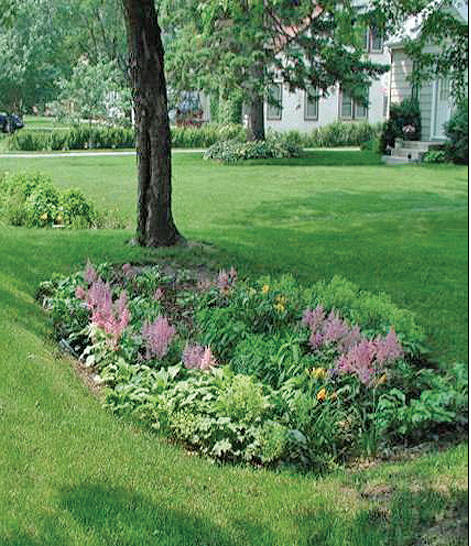
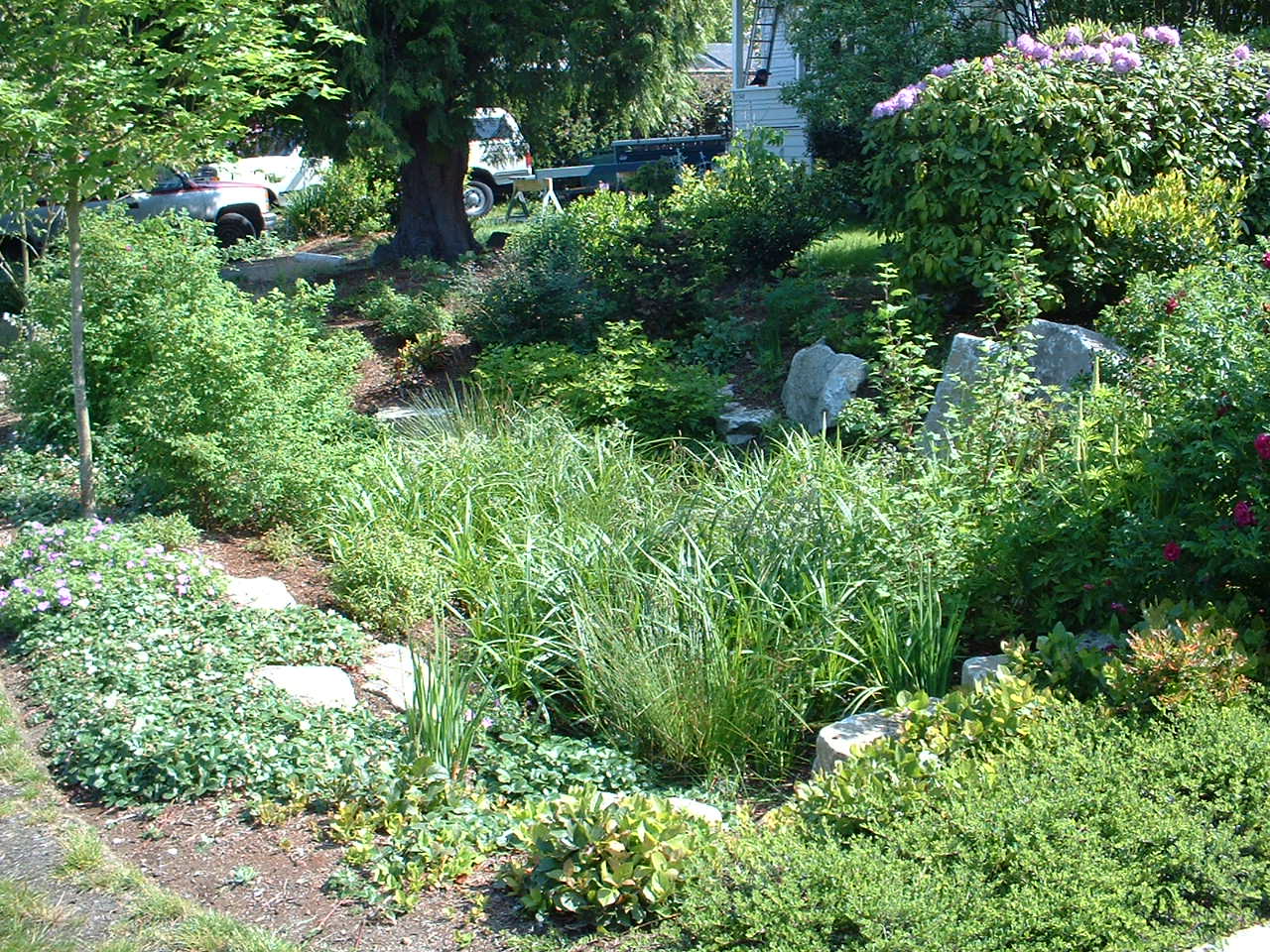
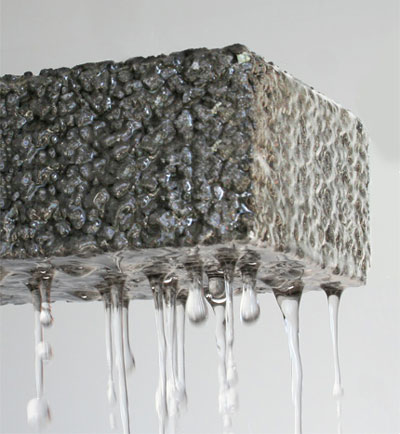
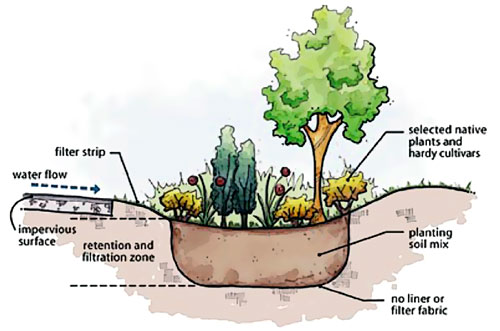
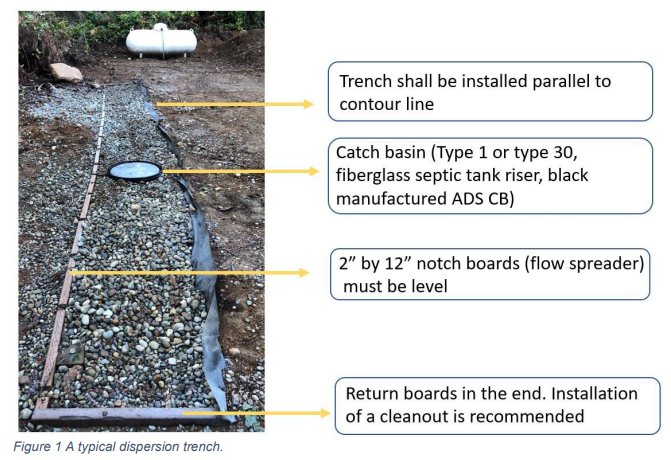
Examples of Green Infrastructure/LID Elements
Rain gardens and bioretention areas
Rain gardens and bioretention areas can be used to collect runoff from hard surfaces. Pollutants are removed by the plants and a large portion of the runoff is infiltrated.
Disconnecting downspouts
Disconnecting downspouts reduces the amount of storm runoff into the public surface water system. Runoff can be routed to a grass or gravel area and infiltrated. This replenishes groundwater and helps reduce the increase flow to small creeks during rain events. Be careful not to route runoff directly onto a neighbor’s property, or in a place that could cause drainage problems.
Pervious pavement
Pervious pavement can be used for walkways, parking areas, driveways, and patios. It allows rain to infiltrate through the surface and into the ground. This reduces the amount of storm runoff. Examples of pervious pavement include pervious concrete, pervious asphalt, permeable pavers, and grass pavers.
Rain barrels and cisterns
Rain barrels and cisterns capture roof runoff to be used later for irrigation. This reduces the increase in summer water usage.
Amending soils
Amending soils with compost will increase infiltration and absorption. Nutrients in the composted soils work to break down and remove pollutants from the runoff.
